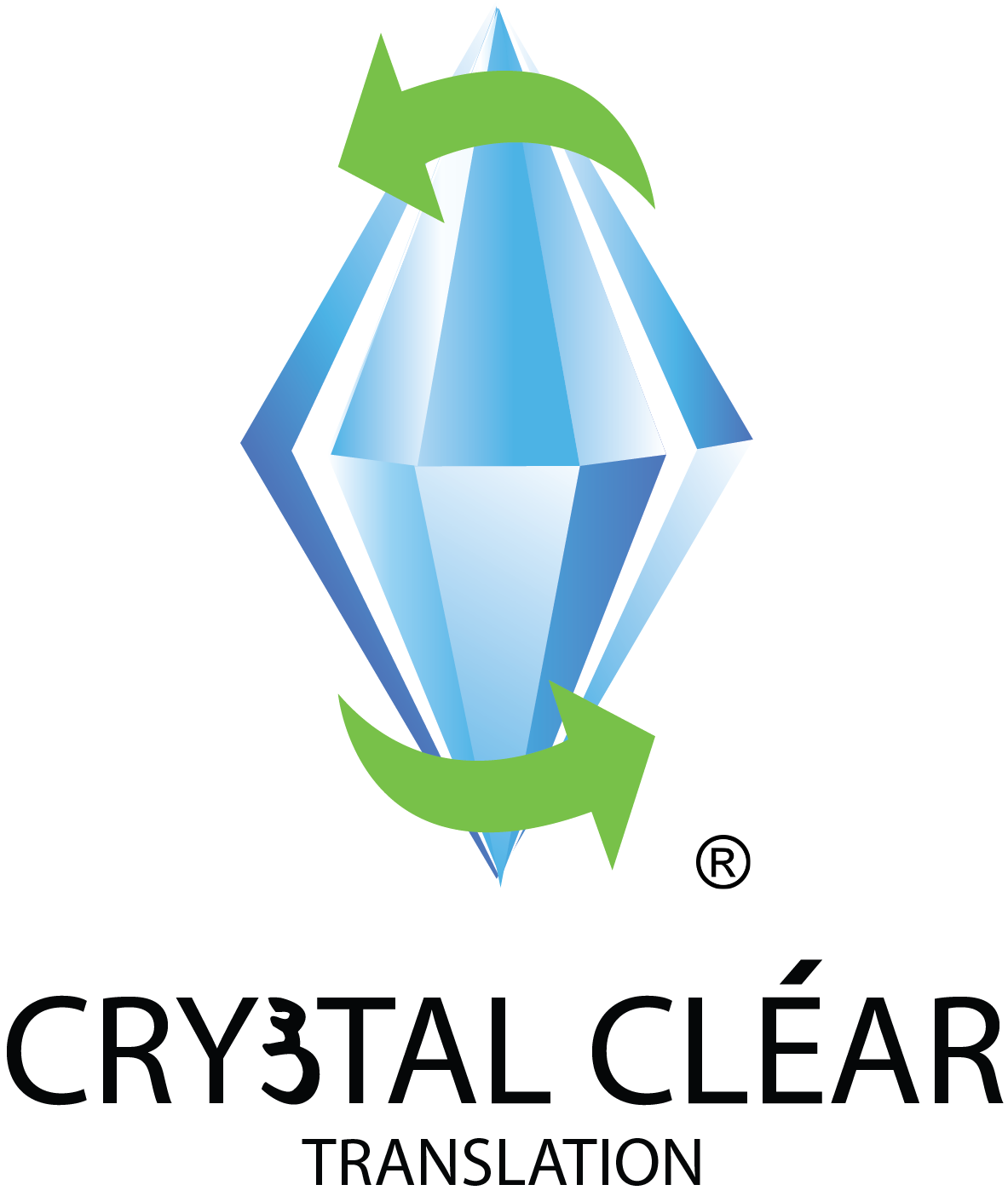In Eritrea, there is no official language, but there are a total of nine languages recognised in the country, with Tigrinya, Arabic and Tigre being the most prominent dialects in the region. The working languages of Eritrea comprise of Italian, Tigrinya, English, and Arabic. In addition to this, around 80% of Eritrean people are ethnic Tigrinya and Tigre. Considering the varied number of languages spoken, many people are bilingual or multilingual in Eritrea.
Tigrinya
Tigrinya is a Semitic language; it is from the same language family as Tigre, Amharic, Hebrew, Arabic and Maltese. It is spoken by 7 million people around the world and is most widely spoken in Eritrea and northern Ethiopia. It is also an official language in Ethiopia. The first written example of Tigrinya was from the 13th century – a text of local laws found in southern Eritrea. The Tigrinya alphabet consists of 32 letters and is written in the Ge’ez script. Tigrinya derives from the ancient Ge’ez language, now considered to be a defunct language. Unlike other languages in the Semitic language family, like Arabic or Hebrew, Tigrinya is written from left-to-right, in the same way as Latin and the English language.
Words in the Tigrinya language are affected by the gender of the person being spoken to. Nouns in the language are either masculine or feminine, but inanimate objects do not have a fixed gender. The masculine endings for nouns in Tigrinya are “-a” and “-u”, and the feminine ending is “-i”. Therefore, the phrase “how are you?” in both forms is “kemey aleka” (masculine ending) and “kemey aleki” (feminine ending). Another example is the Tigrinya translation of the phrase “what is your name? – this becomes “men eyu shmu?” (Masculine ending) and “men eyu shma?” (feminine ending). Here are some examples of the present tense form as well as personal pronouns in the Tigrinya language.
Personal pronouns:
I (singular) – “ana”, (plural) – “nihna”
You (fem. singular) – “nisxi” (plural) “nixsin”
You (masc. singular)– “nixsa”, (plural) ”nixsum”
She/they (singular) – “nisa”, (plural) “nisom”
He/They (singular) – “nisu”, (plural) “nisan”
Present tense form of the verb – “to be”
I am (singular) – “iye”
You are (masc. singular) – “ikxa”
You are (fem. singular) – “ikxi”
You are (masc. plural) –“ikxum”
You are (fem. plural) – “ikxn”
He is – “iyu”
She is – “iya”
We are – “ina”
They are (masc. plural) – “iyom”
They are (fem. plural) – “iyen”
Despite sharing similarities with Tigre such as the use of Ge’ez script, the two languages differ in the extent of influence by other languages. The Tigrinya language has adopted some vocabulary from both the Italian and English languages. For example, the words pasta, machina (machine) and armadio (wardrobe) feature in Tigrinya and are pronounced in the same way in Tigrinya as they are in Italian. The English words computer, telephone and radio, in Tigrinya are written and pronounced as “computer, telefon, posta”. The development of the Tigrinya language has also been influenced by the Arabic language. Arabic loanwords in the Tigrinya language use the Arabic feminine word ending, “-a”. Nouns that do not derive from the Arabic language end using the Tigrinya feminine ending “-ät”:
Arabic loanwords
“qawa” – coffee
“sadarya” – vest.
Tirgrinya feminine ending
“aynät” – kind
‘amamat” – head-cover
Tigre
The Tigre language, like Tigrinya, is a member of the Semitic language family. It is spoken mostly in Eritrea, notably in Keren, the second largest city in Eritrea. Unlike Tigrinya, it is spoken by a smaller proportion of people; it is estimated that there are between 250,000 and 1,050,000 Tigre speakers. Both Tigrinya and Tigre derive from the Ge’ez language, and both use the Ge’ez script. Tigre, like Tigrinya, is also an SOV (subject-object-verb) language. However, Tigre speakers who practise Islam write using the Arabic script whereas Christian Tigre people write mainly using the Ge’ez script, after the publication of a translation of the New Testament was written using the script in 1902. There are a variety of different dialects (Mansa, Habab, Barka, Semhar, Algeden, Senhit and Dahalik) within the Tigre language, but most of the dialects share the same vowels (/i/, /e/, /a/, /ā/, /o/, /u/), verbs, pronouns, and use the same gender rules, much in the same way as the Tigrinya language. However, Tigre differs greatly from Tigrinya in some of the basic charactersitics of the language, such as personal pronouns and the formation of the verb, “to be”, which is essential in any language.
For example, these are personal pronouns in the Tigre language:
I (singular) – “ana”, (plural) – “hna”
You (fem. singular) – “enti” (plural) “entn”
You (masc. singular)– “enta”, (plural) ”entum”
She/they (singular) – “hta”, (plural) “hten”
He/They (singular) – “htu”, (plural) “htom”
The verb ‘to be’ in Tigre in the present tense form:
I am – “ana … haleko”
You are (masc. singular) – “enta … haleka”
You are (fem. singular) – “enti … haleki”
You are (masc. plural) – “entum … halekum “
You are (fem. plural) – “entn … halekn”
She is – hta … halet”
He is – “htu … hala”
We are – “nHna … halena”
They are (masc. plural) – “htom … halew”
They are (fem. plural) – “hten … haleya”
In Conclusion
One might suggest that since Tigre and Tigrinya share the same script, that they must be very similar languages. Nevertheless, the variations between the basic building blocks of both languages, such as the examples of personal pronouns and the formation of the present tense, highlight that there are significant differences between Tigre and Tigrinya to account for especially if one is trying to learn either language or looking for someone to translate the Tigrinya or Tigre languages.
If you require any services in Tigre or Tigrinya, at Crystal Clear Translation, we offer document translation, interpretation, and various language services in both languages. Click here to get a quote from Crystal Clear Translation and find out more about the services we offer.


